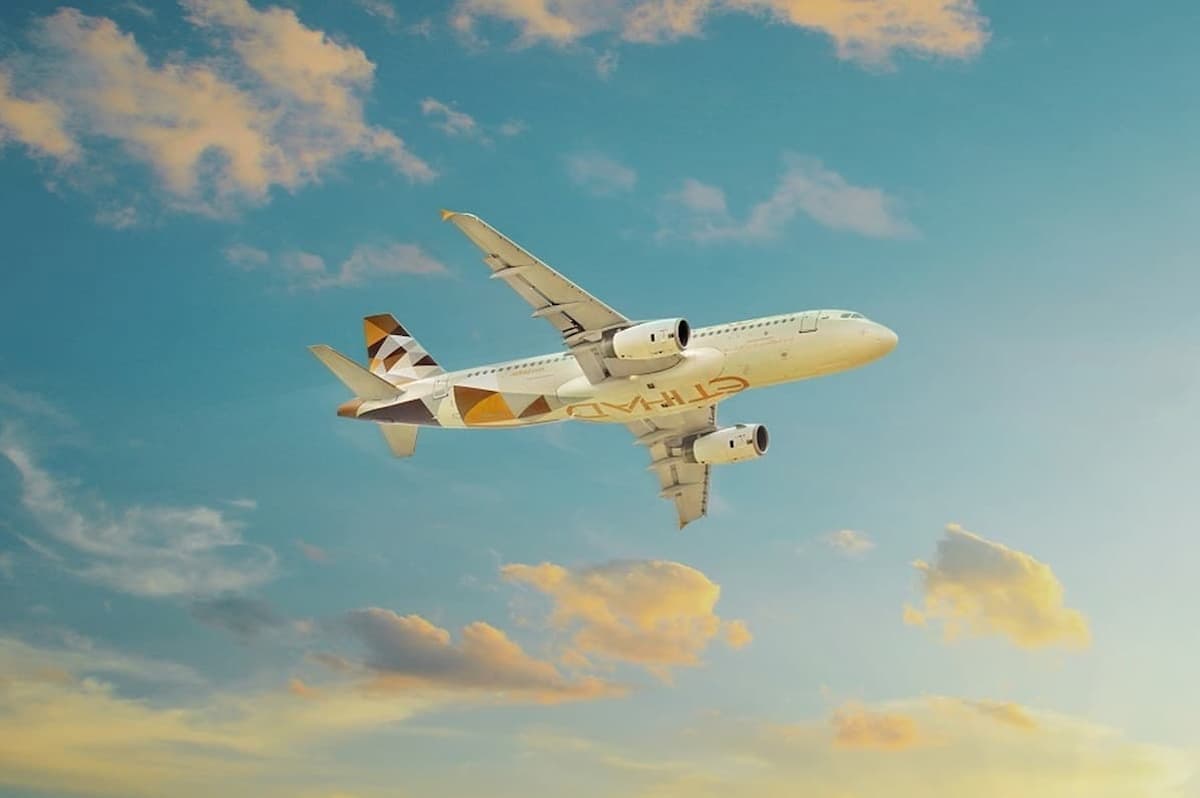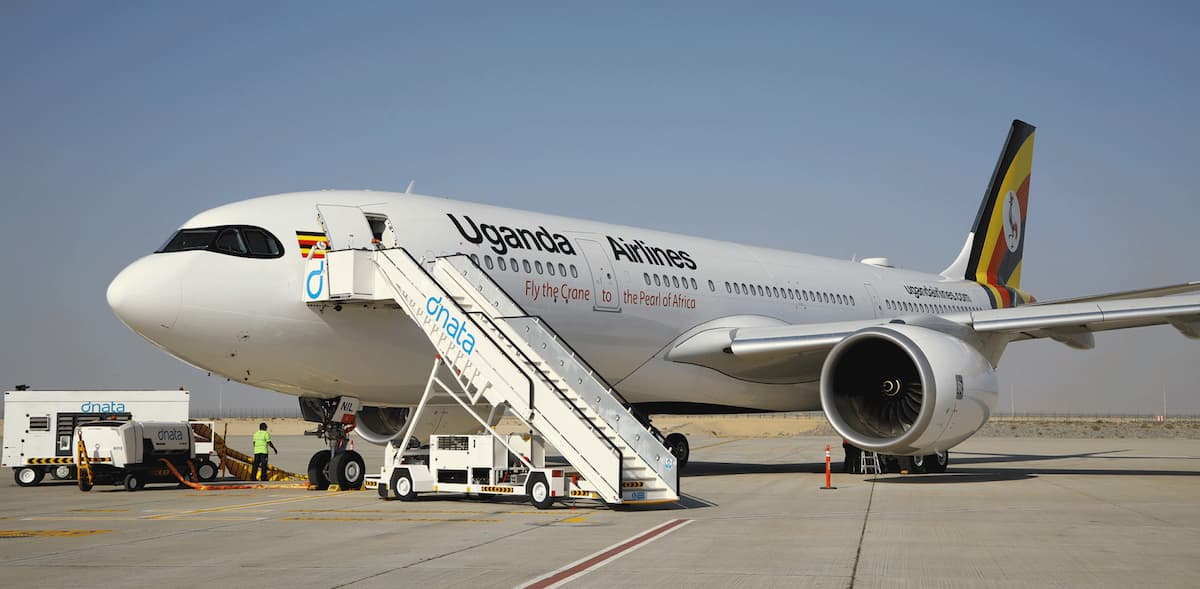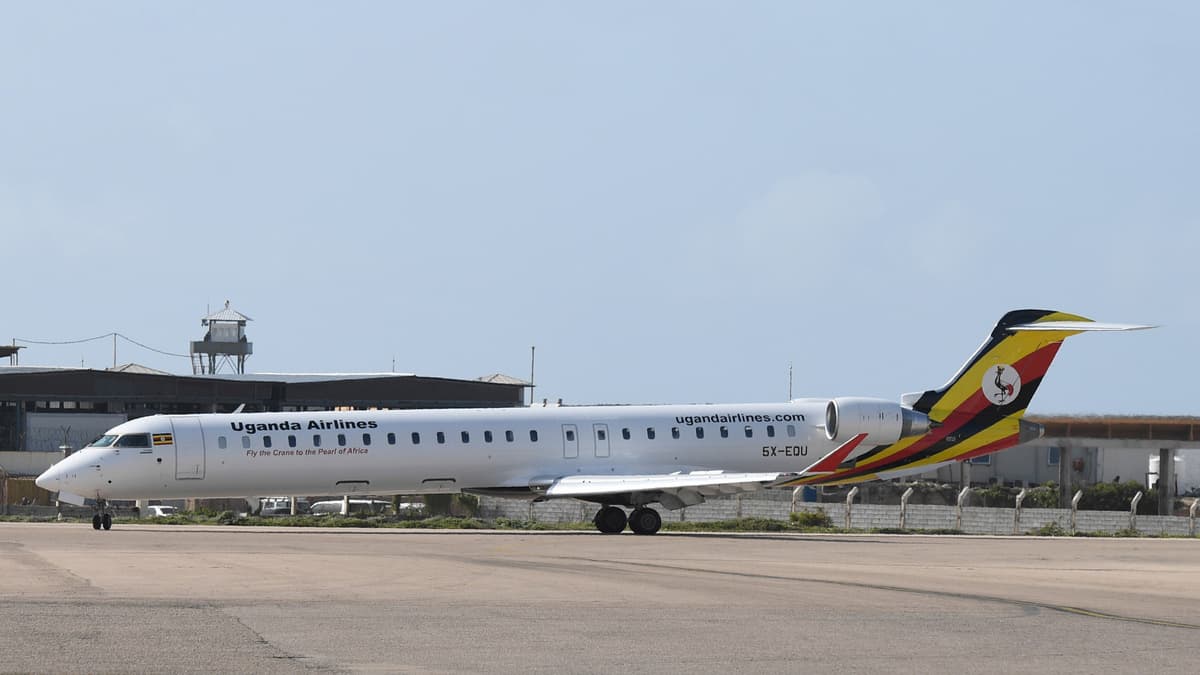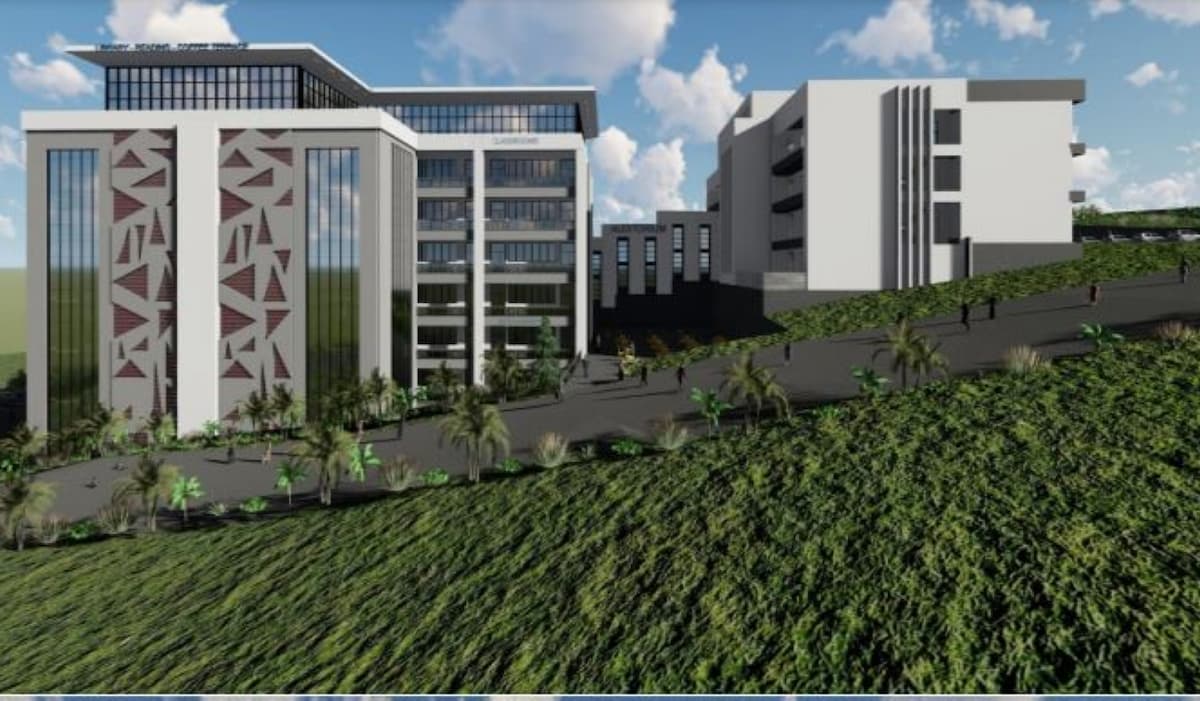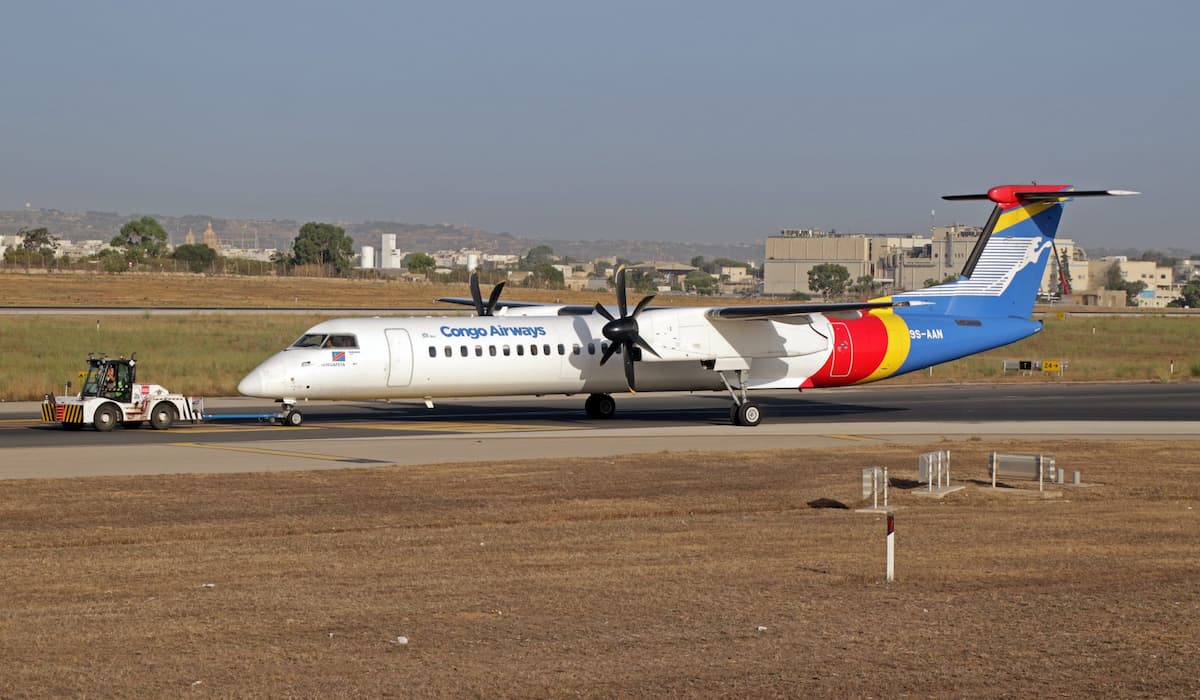Transport Cabinet Secretary Kipchumba Murkomen on Tuesday unveiled four new measures set to be introduced at JKIA to improve efficiency and promote good passenger experience.
While on a tour of the airport alongside Kenya Airports Authority (KAA) officials, the CS revealed that the government would install modern screen technology at the main gate to enhance security.
Through the use of the new technology, the CS detailed that passengers will no longer have to alight from the vehicles to be screened in a separate room during arrival.
Murkomen also noted that a self-check-in system would be introduced at the airport to promote efficiency. This is aimed at reducing the long queues that have been witnessed at the airport’s checking points.
“Airlines will be required to upgrade their ticket printing to avoid long queues. We shall also deploy technology in the Advance Passenger Information (APS) system to provide prior information on passengers for more efficiency and enhanced security,” Murkomen stated.
Further, KAA was tasked with the construction of canopies which passengers can seek shade under during weather conditions such as rains.
As part of improving the customer experience, the government will improve on constructing comfortable seating areas, providing free Wi-Fi and installing more charging ports at the airport. Breastfeeding booths will also be revamped.
The improvement of the drainage system was also highlighted as a priority owing to the ongoing heavy rains witnessed in the city and across the country.
Notably, Murkomen’s visit to the airport came after passengers were left stranded due to flooding witnessed in sections of the airport.
“Transport CS Kipchumba Murkomen has today announced measures aimed at enhancing service delivery at JKIA. Central to these reforms is a Service Charter that will bring together all govt agencies operating at the airport under a one-stop shop to provide seamless service to passengers,” KAA noted in a statement.
“The airport charter will bring together Immigration, Customs, Kenya Airport Police Unit (KAPU), Port Health, the Kenya Plant Health Inspectorate Service (KEPHIS) & other Govt. Agencies at the airport under the leadership of KAA,”
On the other hand, it was proposed for the airport to have a standalone police force that will be tasked with overseeing general security. Talks will be held with Interior Cabinet Secretary Kithure Kindiki over the matter.
Source: Kenyans.co.ke


